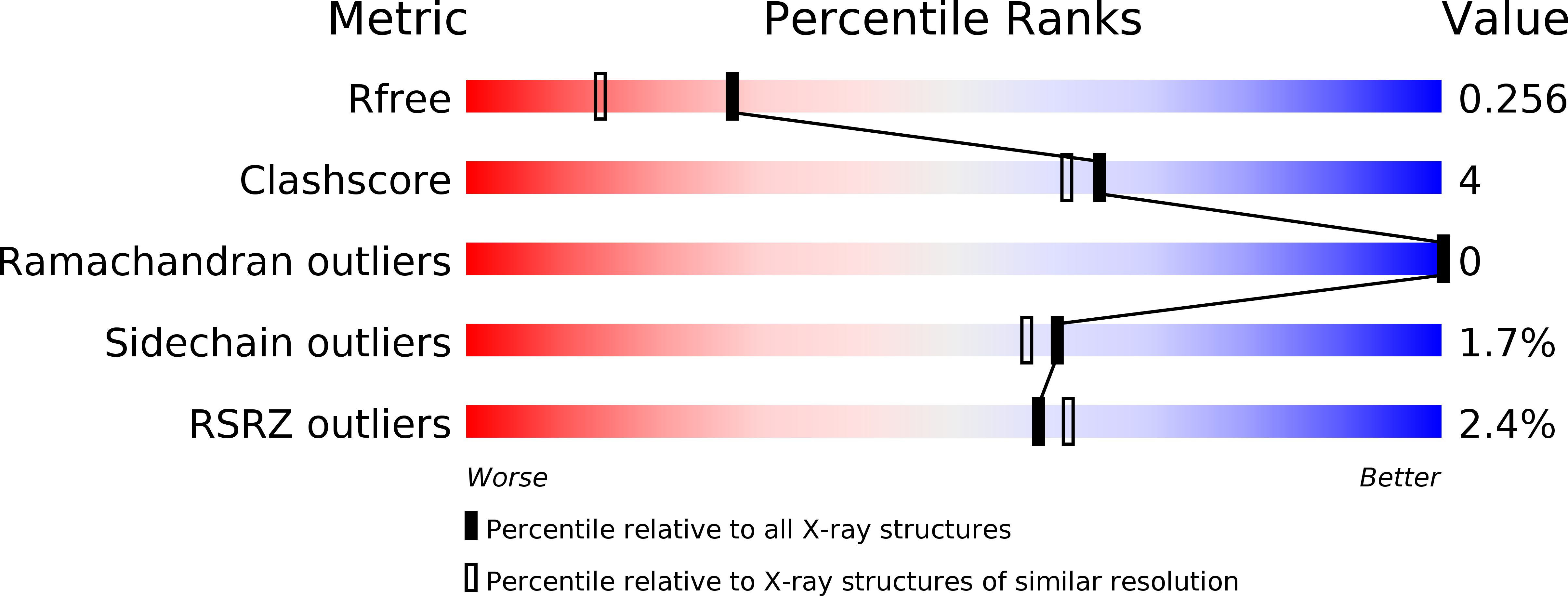
Deposition Date
2012-04-06
Release Date
2012-04-25
Last Version Date
2023-12-20
Entry Detail
PDB ID:
4APU
Keywords:
Title:
PR X-Ray structures in agonist conformations reveal two different mechanisms for partial agonism in 11beta-substituted steroids
Biological Source:
Source Organism:
HOMO SAPIENS (Taxon ID: 9606)
Host Organism:
Method Details:
Experimental Method:
Resolution:
1.90 Å
R-Value Free:
0.25
R-Value Work:
0.20
R-Value Observed:
0.20
Space Group:
P 1 21 1


